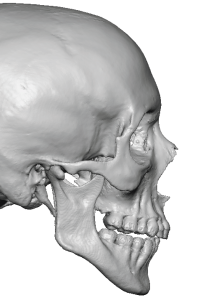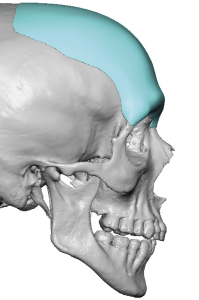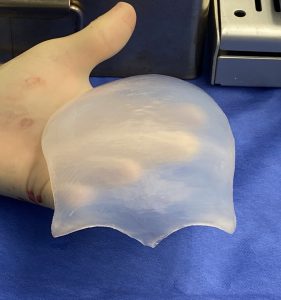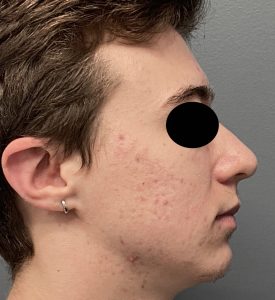Background: While facial feminization surgery (FFS) is now a recognized niche area of plastic surgery its counterpart, facial masculinization surgery (FMS) ,is less well known. While it has long been done in a limited fashion with some standard procedures. (e.g., chin augmentation) other procedures to specifically masculinize the face are less frequently performed or are most surgeons even aware that they exist.
While facial feminization surgery procedures are largely reductive in nature facial masculinization procedures revolve around augmentation. This means that implants are almost always needed to masculinize the face to create a more defined and/or angular appearance.This can be done at all three levels of the face with the jawline usually being the most requested change for many patients. After the jawline the upper third of the face (forehead-brow region) has the most significant masculinizing effect.
It is well known that one of the major differences between masculine and feminine faces is in the upper third of the face. The male face develops a larger and more projecting frontal sinus area as well as more protuberant superior orbit. Other features of a masculine upper face include a longer forehead which is also broader and flatter. In addition, the male globe position is relatively recessed with a relatively smaller orbit compared to females.
As there are no standard forehead or brow bone implants, the only effective method mis a custom forehead-brow bone implant.
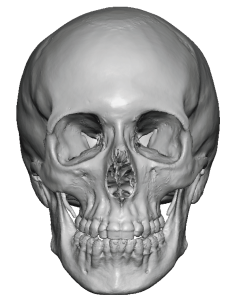

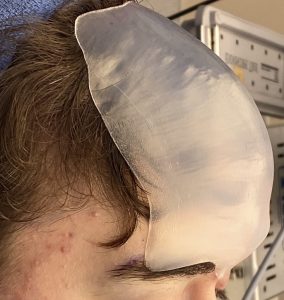
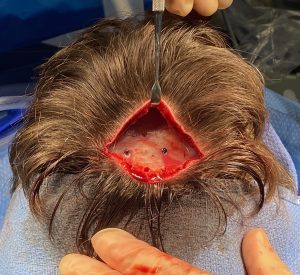
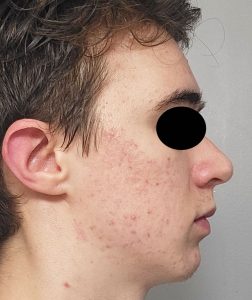
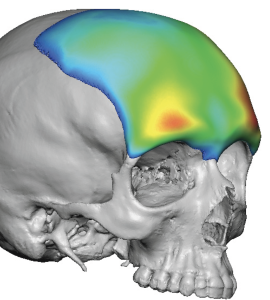
Case Highlights:
1) Masculinizing the upper third of the face requires a custom forehead implant that incorporates the lower brow bones.
2) In designing a custom forehead implant considerations must be given to how much brow bone projection is desired along with how much forehead slop correction is needed.
3) A large custom forehead-brow bone implant can be placed through a remarkably small scalp incision in comparison to the size of the implant.
Dr. Barry Eppley
World-Renowned Plastic Surgeon



